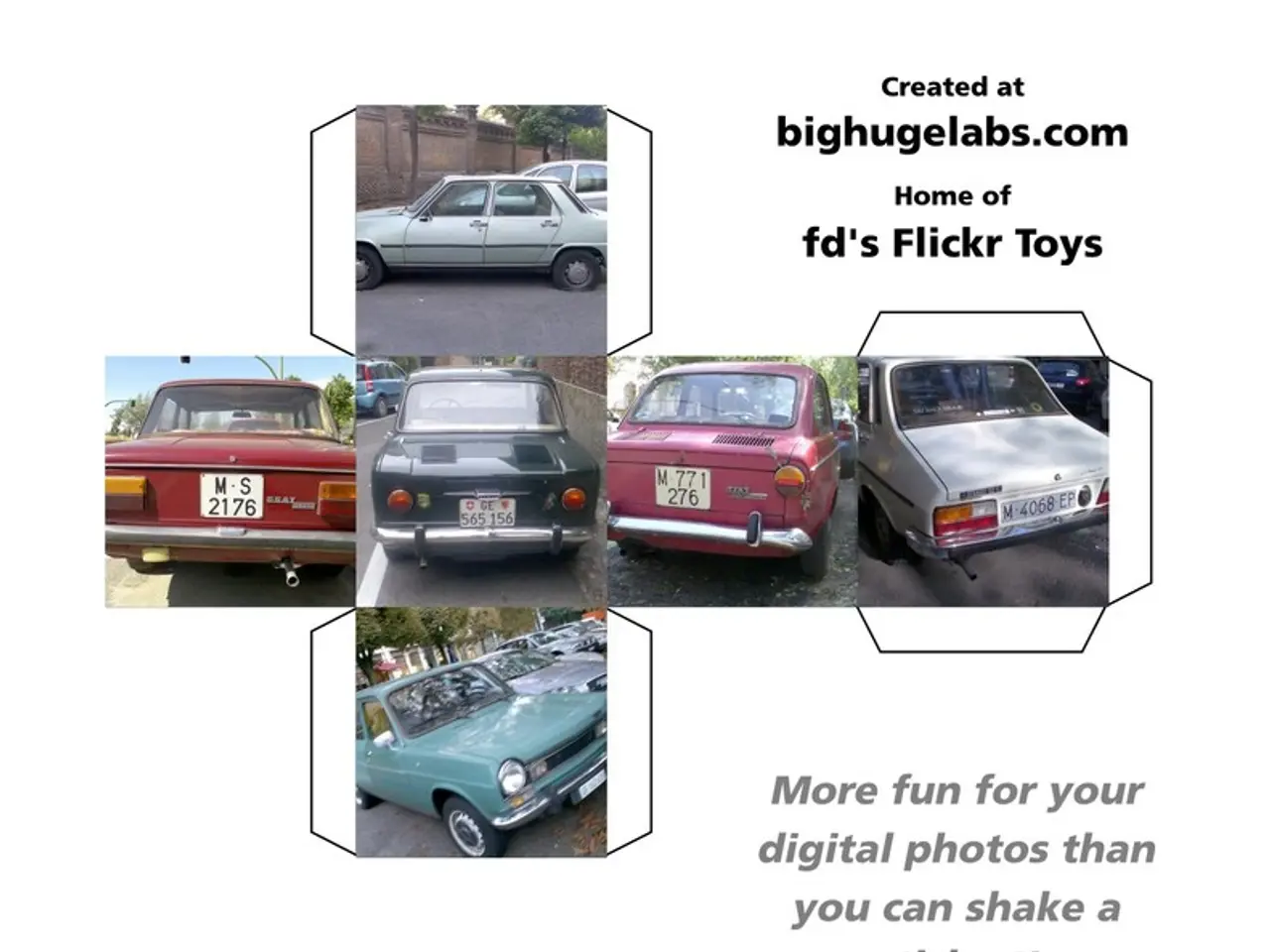EU aims for Completely Recyclable Vehicles by 2035
The European Union (EU) is pushing for a revolutionary strategy in car production called the Circular Car Concept. This approach, currently in development under the code name 'Project Zevra', aims to reduce the environmental impact of car manufacturing and use.
The Circular Car Concept, led by Germany's Fraunhofer Institute for Machine Tools and Forming Technology (IWU), is a 28-partner consortium that includes five major auto manufacturers. The consortium, composed of members of the AMZ Sachsen network, is working towards creating a closed-loop system for car production, where waste is minimized and materials are continuously reused.
The focus of the Circular Car Concept is on the circularity of steel, aluminium, plastics, glass, tyres, rare earths, and other materials, which make up 84% of a typical Electric Vehicle's (EV) material mix. The goal is to manufacture new vehicles using recycled, refurbished, repurposed, repaired, or reused parts, with the share of new raw materials needed for car production approaching zero.
The Circular Car Concept does not aim to have new cars made almost entirely from recycled materials by 2035, but rather to reduce the whole-life carbon footprint of vehicles, including corporate fleets. By focusing on circularity, Zevra aims to lower the CO2 footprint per vehicle by at least 25%.
One of the key aspects of the Circular Car Concept is the possibility of manufacturing new tires using primarily 'secondary raw materials'. For some materials, a 100% re-use rate is feasible, including steel and aluminium alloys, and even tires, which can be manufactured new using almost exclusively 'secondary raw materials'.
The development of the Circular Car Concept is a response to the need for sustainable mobility, which encompasses not just driving methods, but also the methods of car production. In 2035, all new cars sold in the EU will be post-ICE vehicles, with the majority being EVs. As the carbon footprint of a vehicle increasingly depends on how it is manufactured, not only on how it is driven, the Circular Car Concept is a significant step towards a more sustainable future.
Adopting the Circular Car Concept could save more than 1.5 tons of material per vehicle. The concept also targets reducing the CO2 footprint of materials such as batteries, which currently generate CO2 emissions in production. The Circular Car Concept is a testament to the EU's commitment to sustainable mobility and a circular economy.
Read also:
- MRI Scans in Epilepsy Diagnosis: Function and Revealed Findings
- Hematology specialist and anemia treatment: The role of a hematologist in managing anemia conditions
- Enhancing the framework or setup for efficient operation and growth
- Hydroelectric Power Generation Industry Forecasted to Expand to USD 413.3 Billion by 2034, Projected Growth Rate of 5.8% Compound Annual Growth Rate (CAGR)








